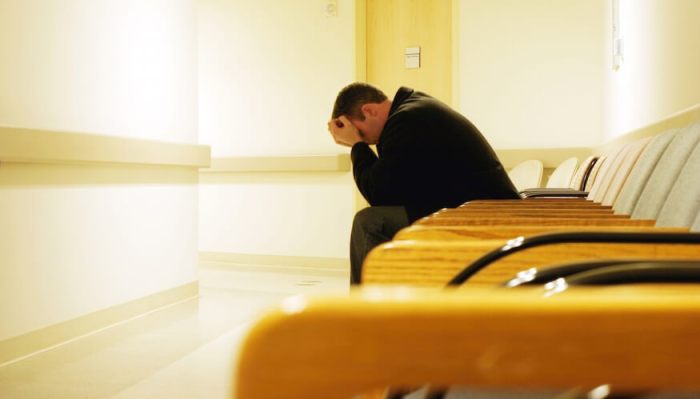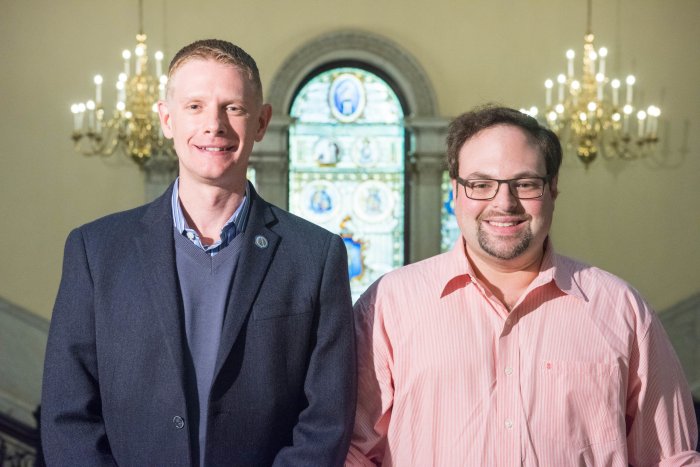Clean and green have been the buzzwords of the nutrition world for years, churning out increasingly complicated diets, meal plans and cleanses. While we can all use a bit more kale (and, let’s be honest, veggies in general) in our lives, if you’re obsessed with every ingredient on your plate, you could have an eating disorder called orthorexia. The condition, first coined in 1997 by Dr. Steven Bratman, takes healthy eating to the extreme, and is to an extent triggered by our overwhelming cultural preoccupation with eating clean “It’s an obsession about choosing foods for their purity, their cleanliness or lack of toxicity,” explains Sondra Kronberg, a clinical nutrition therapist with the American National Eating Disorders Association. “When some of my clients go to a restaurant and they don’t have organic lettuce or farm-to-table carrots or vegan food, they just won’t eat. They care to a degree that will interfere with the quality of their lives and their ability to be social.” The Blonde Vegan
This “drive for purity and wholeness,” as Kronberg calls it, is something that Jordan Younger is familiar with. Better known as The Blonde Vegan, the successful blogger was a fervent juice-cleanser and under constant pressure to be a role model for the meat-free community. It all became too much when Younger realized that her clean lifestyle was controlling her life. “I had developed many fears surrounding food due to my very strict labeled plant-based vegan diet, and I was becoming more and more limited over time in what I was comfortable eating,” she says. “I even joked about it with my close friends, by calling certain foods, like eggs, ‘fear foods’ because I had stayed away from them for so long. “It was easy to hide behind the shield of veganism,” she recalls. “Anything that wasn’t completely clean, oil-free, sugar-free, gluten-free and plant-based, I dismissed because it wasn’t within the dietary label I had given myself.” She recognized that food was running her life when her best friend visited her in New York, and their sightseeing plans were totally thrown off when Younger couldn’t find the specific green juice she wanted for breakfast. The problem became clearer as physical symptoms started appearing: She lost her period, her hair was thinning, and she experienced chronic fatigue. Omitting entire food groups can damage the body, in extreme cases causing muscle and mineral losses. A problem of the mind and body
Ask yourself these questions: Like most eating disorders, orthorexia isn’t entirely about what you do and don’t eat, but the amount of torment that goes on inside your head. The fact that it isn’t necessarily a life-threatening issue can make it harder to detect and, most importantly, to admit. “I was at a relatively healthy weight,” says Younger. “My struggles were more internal and personal. My orthorexia got in the way of my friendships, relationships, family life, work, passions (like writing and exercising) and more.” Being able to put a label on her condition was a relief for the young woman, who realised she wasn’t alone and could get some help. Her new book Breaking Veganis a memoir documenting her journey with food throughout her entire life, which includes some very low moments. Usually, orthorexia goes hand in hand with other issues. “It’s often another layer of an eating disorder,” Kronberg explains. “We couldn’t actually say that there is anything wrong with eating as pure and balanced as possible, but anybody who is genetically predisposed to be a perfectionist, with a tendency to be more rigid and obsessive, is the most vulnerable. People with an anxious brain can be stressed about the many health messages.” Yet, at a time when obesity is a mass killer, making clean eating an enemy could be dangerous. Kronberg doesn’t want her clients to think it’s never OK to indulge in a doughnut, but that it should remain an indulgence rather than off-limits. “In the end,” she says, “it’s about learning to just be.”
Is there such a thing as eating too healthy?

iStock


















